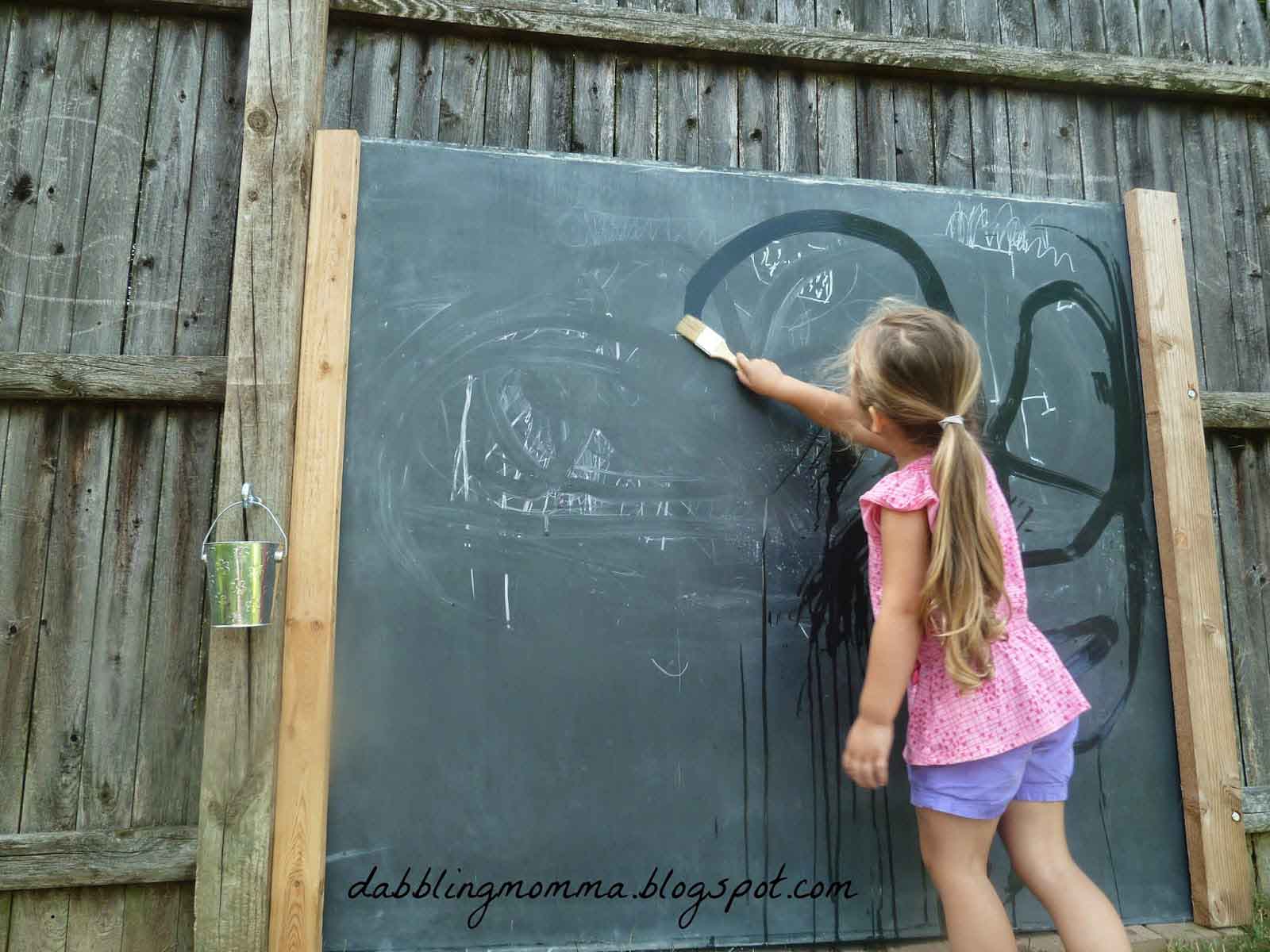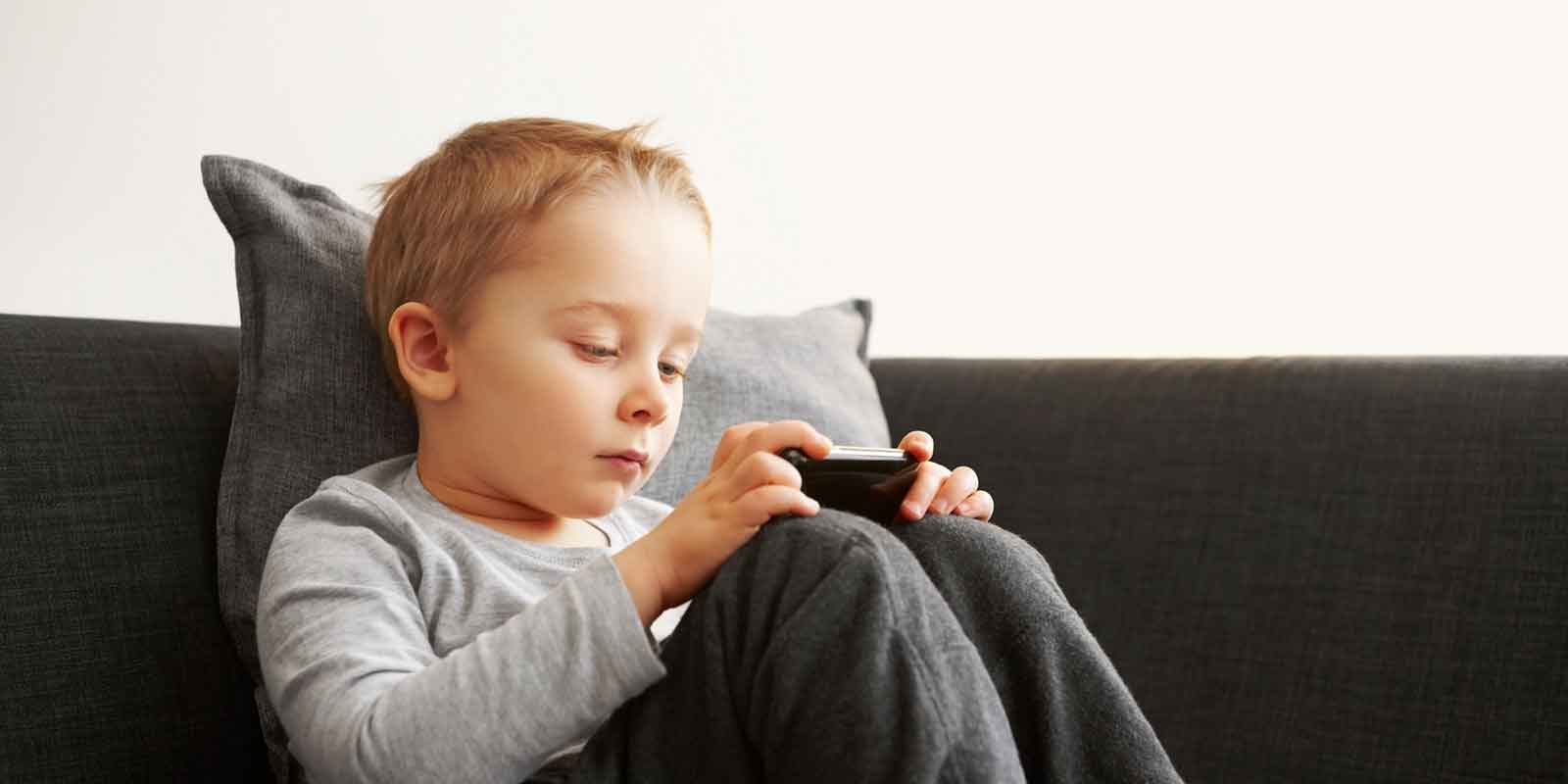Developing Fine Motor Skills
Website Editor • February 26, 2020
The development of fine motor skills is one of the main priorities of every parent. In their first years of life, a child learns how to manage in the world, which also means learning how to use their hands for various tasks. But, when it comes to motor skills, paediatric specialists and occupational therapists say that too much technology can be detrimental to the development of these skills in young children.
According to a recent report from the UK, many preschool children struggle to hold pens and pencils properly. “Children are not coming into school with the hand strength and dexterity they had 10 years ago,” paediatric occupational therapist Dr Sally Payne told The Guardian. They lack the fundamental movement skills needed to hold a pen.
While this is concerning, things don’t have to be this way. There are several (fun!) fine motor skill activities to ensure children are able to meet important developmental milestones. These activities can also include the use of technology. So, let us take a closer look at what you can do to make sure that your child develops a healthy set of motor skills.
Playing with Play Dough
Play Dough isn’t just fun for kids, it’s also a great way for children to strengthen the smaller muscles in the hands and fingers. Tracy Le Roux, also known as OT Mom, explains that playing with play dough is a highly sensory experience that develops hand-eye coordination. Manipulating small pieces of dough and using tools to create patterns will develop children’s fine motor skills.
Art with Syringes
Manipulating syringes will also build good hand control and dexterity, so you can use these simple items to make fun activities that will develop great motor skills. Just give your child liquid colours, generous sheets of paper and a syringe. The idea is to use the syringe to draw up the liquid colours that will be then squirted onto the paper.
Water Tracing
This is another great activity to enjoy with your child if you have a small blackboard and some chalk. You will have to write some letters onto the blackboard with the chalk and ask the child to trace them by using a small brush dipped in water. The idea is to make the child follow the lines of each letter with water.
Using a Special Mobile App
As mentioned earlier, technology doesn’t have to be the bad guy when it comes to developing fine motor skills. Among the activities unrolled in this direction, you can also include Scriba Snap, a special app developed for the Android operating system that is designed to help children improve their motor skills. The app works by the child adjusting the pressure in their hand when squeezing different items displayed on the device’s screen. The idea is to apply the right amount of pressure so that the displayed items end up having the same size.
Beading, Sewing, and other similar activities
Any creative activity that involves the use of the hands, like beading, sewing, lacing, painting, drawing, sticking stickers, and so on, should be encouraged. Michelle Walsh, an early childhood trainer and consultant told The Guardian: “Children learn through play … It doesn’t matter what they’re playing. They are learning.”
It is easy and affordable to come up with new and exciting activities of this kind. Children do not always need expensive games and equipment and can develop fine motor skills with everyday items.

Articles

The United Nations has described the disruption to education caused by the pandemic as ‘unparalleled’. At the virus’ worldwide peak in April, it is estimated that over 90% of all enrolled learners, from kindergarten to bachelors and beyond, had their education affected by school closures and the pandemic (UNESCO). For many university students and older children, they have had to adapt quickly to online learning. They can keep in touch with their peers and teachers online and continue their studies, albeit in a highly modified way. As challenging as this may be, this experience will help equip them for a future that is increasingly online. For parents of younger children, they are assuming a new role: their child’s home school teacher. This is in addition to their usual childcare and household duties, their work responsibilities and often emotional and financial worries caused by the pandemic. Stressful? Yes. The good, and somewhat surprising, news? The experts advise that you don’t teach your children - at least not in the way you might expect.

If the recent outbreak of Covid-19 has taught us anything, it's that many adults do not wash their hands effectively. It has never been more important that we support our children to develop good personal hygiene to keep themselves and our families safe. This seemingly easy task can be very difficult for children with fine motor skill difficulties. In this article, we explore some ideas to support your child with hand washing.

Lockdown has brought the digital future into the now. Online shopping, entertainment, education and more have moved from the periphery to the mainstream to, in many cases, the only option. With the necessity of social distancing looking to continue for many months, it appears that this rapid digital revolution is here to stay. This means that life as we know it, in most of its sectors, has changed forever. In order to survive, businesses are having to adapt rapidly, embrace technology and look to the future. Architecture is no exception. There has been a widespread adoption of technology and VR over the past few months in response to the lockdown across all of society. Elderly grandparents who were once resistant to adopt new technologies talk of “Zooming” and have started video chatting with their family members to combat loneliness. Art galleries that were once considered stuffy or pretentious are now pioneers in VR technology, with Google Art & Culture offering tours of London’s National Gallery or the Musee D’Orsay in Paris. These virtual tours deliver art in a dynamic new way that can be far more engaging than regular photos. Critics have applauded the panoramic and immersive views of gallery building and exhibitions which work well for rendering of 2 dimensional art, however impressions of sculpture is somewhat lacklustre. With VR technology, users can enjoy a truly immersive experience in the comforts, and safety, of their own home. The COVID-19 pandemic has served as an accelerant for the arts and entertainment industries to embrace VR.





